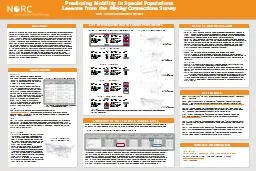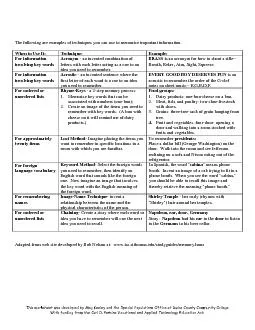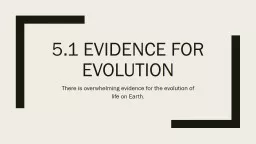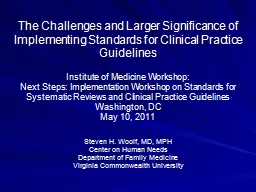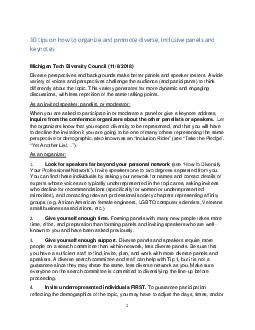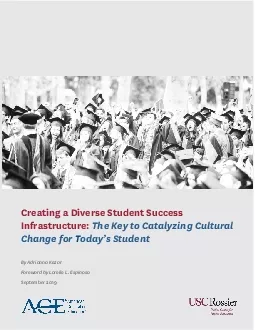PPT-Research involving diverse and special populations brings challenges for producing evidence-based
Author : alexa-scheidler | Published Date : 2018-03-16
Making Connections Survey an evaluation of lowincome communities in ten US cities reveal differences in residential mobility between sites In the present research
Presentation Embed Code
Download Presentation
Download Presentation The PPT/PDF document "Research involving diverse and special p..." is the property of its rightful owner. Permission is granted to download and print the materials on this website for personal, non-commercial use only, and to display it on your personal computer provided you do not modify the materials and that you retain all copyright notices contained in the materials. By downloading content from our website, you accept the terms of this agreement.
Research involving diverse and special populations brings challenges for producing evidence-based: Transcript
Download Rules Of Document
"Research involving diverse and special populations brings challenges for producing evidence-based"The content belongs to its owner. You may download and print it for personal use, without modification, and keep all copyright notices. By downloading, you agree to these terms.
Related Documents

